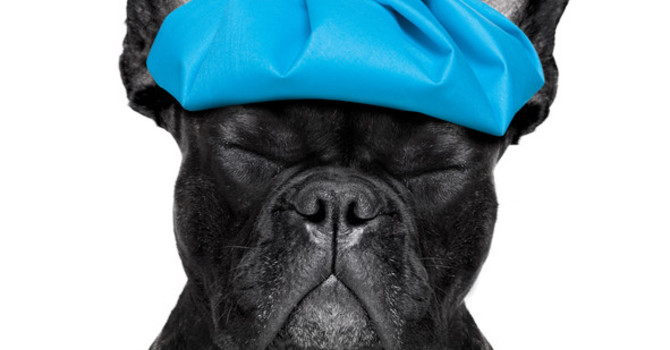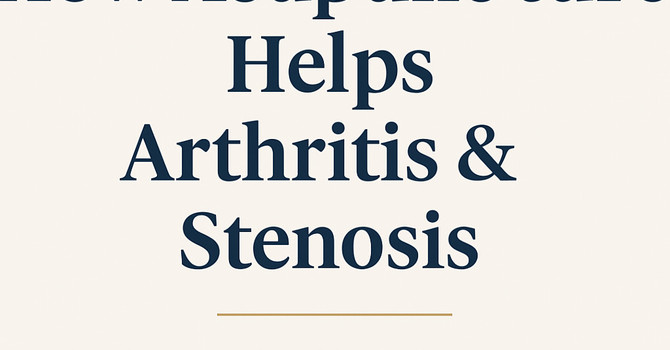
Fire Cupping
Traditionally, cupping is the process of using fire to extract the oxygen from the inside of a jar or glass vessel. The fire creates a vacuum inside of the vessel and, when placed on the skin, creates strong suction. Skilled practitioners can control the amount of suction created by the intensity of the flame and by how quickly they apply the cups to the skin after the vacuum has been creating.
Modern-day Cupping
Today, practitioners often use plastic cups instead of glass cups. With plastic cups, suction is created via a small hand-pump that evacuates the air out of the top of the cup through a one-way valve. Intensity of suction is controlled by the number a pumps a practitioners applies to a cup.
Key Benefits of Cupping
- Improves circulation
- Relaxes muscles spams
- Relieves pain and tension
- Removes toxins
- Assists the respiratory system
What does cupping treat?
- Muscle spasms
- Muscle and joint pain
- Tendonitis
- Impaired breathing
- Menstrual cramps
How does cupping work?
Cupping might be thought of as ‘reverse-massage.’ Instead of pushing on the muscle tissue, cupping pulls on the muscle tissue, thereby relieving muscle spasms and related muscle pain.
Cupping from a Western Perspective
Cupping creates strong vasodilation and extravasation (pulling blood out of the vessel). At the same time, blood is pulled into the cupping site, bringing with it much-need oxygen. Cupping also creates local bruising (in appearance) as the blood that gets pulled out of the vessels becomes de-oxygentated.
Cupping from a Chinese Medicine Perspective
Muscle pain is typically related to qi and blood stagnation. Cupping pulls dead blood out of the tissue and draws fresh blood along with life-giving qi (a.k.a. oxygen) into the tissue. All disease in Chinese medicine begins with the stoppage of qi. Where qi stops, so does blood. So the object of cupping is strongly jump-start the circulatory process when the body has failed to resolve the issue on its own.
Ted Ray
Contact Me


